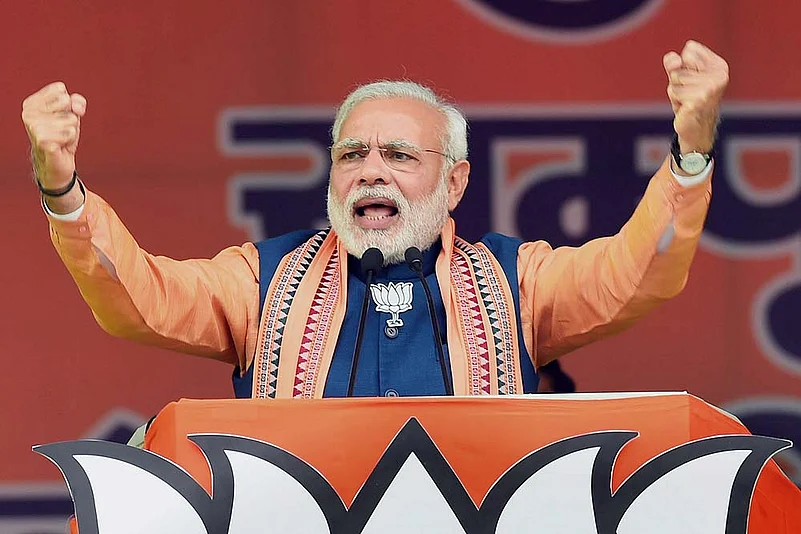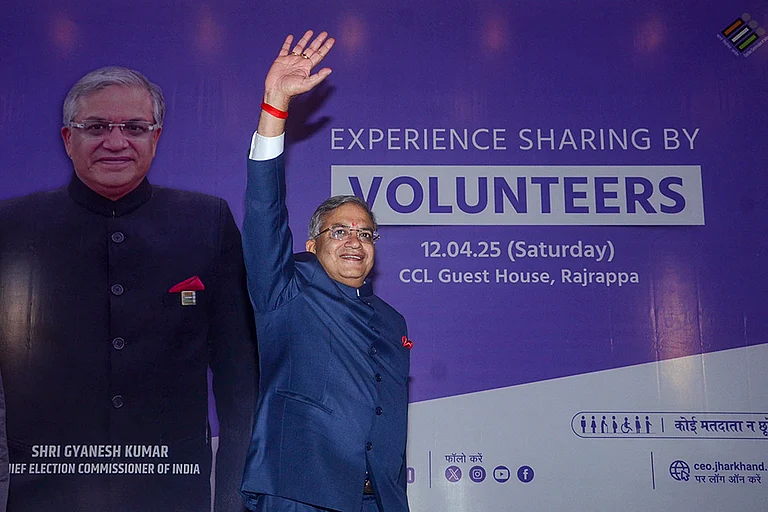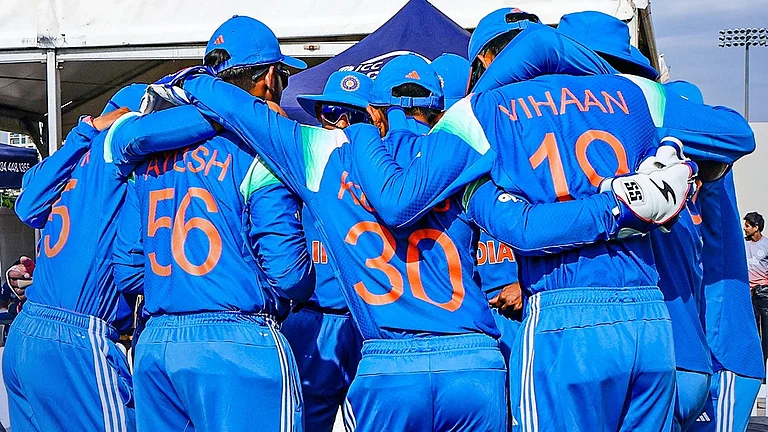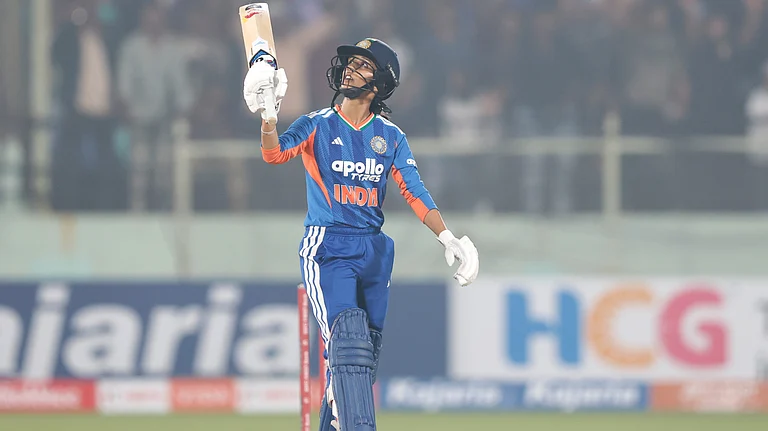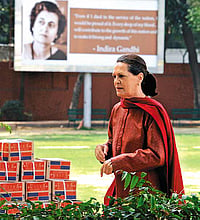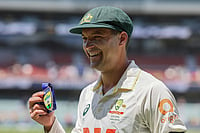Consider this mix: several hours with Narendra Modi, pumped-up ego and new swagger after victory; another several hours with handpicked associates; detailed access to movers and shakers of the Modi campaign and (as reported) a couple of volunteers from the campaign hired as researchers for the book. Because of these munitions, the book is a predictable, racy account, but only up to a point. But first, one question: should all narratives, despite being breezy, with an engaging style, be considered book material, or should it remain long-form journalism?
The author confesses at the outset that during his conversations with him, Modi, with his self-exaggeration, gave ample opportunities for an ‘oh, come off it’ response. But beyond rare instances, this assessment does not find articulation. This leads us to the conclusion that eventually the subject charmed the author. Lance Price quotes former New York governor Mario Cuomo as saying, “You campaign in poetry, govern in prose”. But campaign poetry sets the metre of writing; the prose gets taken in by NaMo verses.
The book provides ample doses of Modi-insight, enhancing the perception that Modi goes beyond the proverbial extra mile if self-projection is the objective. Two instances, mentioned at length, stand out: Firstly, the way Modi found time and ideas for the Modi mask project in 2007—patiently allowing 3D measurement and imaging of his face and later conceiving their production and use. Secondly, the manner in which Modi performed every evening—after a gruelling day addressing rallies and travelling—for his ‘pepper’s ghost illusion’ show, popularly called 3D Hologram shows, beamed at numerous remote hamlets. While reporting on a few of these, I had wondered how Modi got a feel of the places where people congregated. The book provides the answer: he secured reverse video feed!
The book captures the hardware of the Modi campaign. The author is strong in etching how the PM-in-waiting won the battle of perception in urban middle-class India—the segment that was most affected by mainstream and social media, and the audio-visual campaign. Stories of political campaigns are remembered only if the end is successful.
As a result, there is hunger to know that the achhe din idea was actually picked up from a Manmohan Singh presser. Or for that matter, readers may find the portion where the author narrates how ad-master Piyush Pandey picks up his second drink and.... Campaign details are the strength of the book and this comes from the confidence reposed in the author, endorsed as teller of the tale of Modi’s remarkable ascent to international readers. Lance Price is the second foreign author with whom Modi cooperated and while his book is not exactly hagiography, it is lavish in heaping praise and inadequate while taking a closer look.
The book fails to explore the software of the campaign. There is little effort to probe how Modi suppressed opposition within his party and the RSS. Probably that was not the intent. When it comes to the campaign per se, the role of not just the RSS, but also other RSS affiliates is not examined. Uttar Pradesh was not the personal success of a single individual, as one may conclude by a reading of the book. The state was won, considerably, by catalysing polarisation across the state, mobilisation of cadre and the decision to field Modi from Varanasi. What’s missing is the political element, which would have increased the book’s shelf life. And the several pages devoted to the ‘after the victory’ phase is a little unnecessary. If political analysis was not Price’s forte, then why these please-all certificates at the end?
Regardless of one’s inclination, there is no gainsaying the brilliance of Modi’s orchestration of themes in his speeches. The manner how Modi stayed within the lakshman rekha, yet infused his campaign with latent Hindutva, requires ability to read meaning into stated words. Price is inadequately briefed on the nuances of Hindi and it would have been better had he checked articles decoding Modi speeches. Whenever the author allows the writer within himself some leeway, he gives hints of the promise of what the book could have been. It is an irony that Modi, who allowed access for this book, should still convey ‘media distortion’ as one of his prime concerns. We just hope that this review is not seen as another such instance!
(Nilanjan Mukhopadhyay is the author of Narendra Modi: The Man, The Times)






